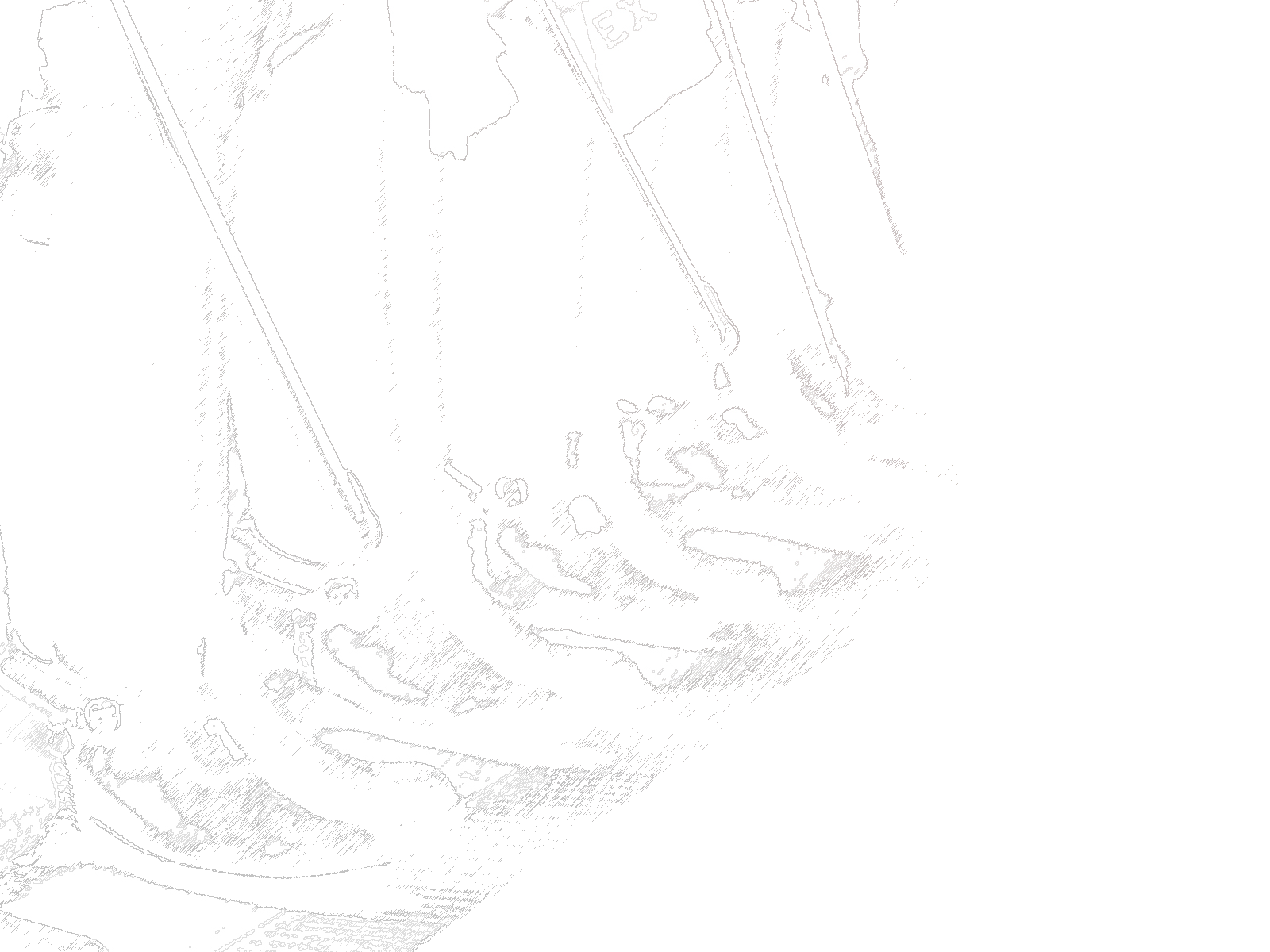Good.
MADISON, Wis. (AP) — Republican lawmakers voted to cut the University of Wisconsin System’s budget by $32 million on Thursday despite a projected record-high $7 billion state budget surplus, leaving the university nearly half a billion dollars short of what it requested.
The cut comes in reaction to Republican anger over diversity, equity and inclusion, or DEI, programs on the system’s 13 universities. Republican leaders have said the $32 million is what they estimated would be spent on those programs over the next two years.
“They need to refocus their priorities on being partners on developing our workforce and the future of the state, and we’re hopeful that they’re going to be ready to do that as we move forward,” Republican state Rep. Mark Born, co-chair of the Legislature’s budget-writing committee, said at a news conference.
The university system could get the $32 million back at a later date if it shows how it would be spent on workforce development efforts, and not diversity, equity and inclusion programs, lawmakers said. The GOP plan also aims to cut more than 180 diversity, equity and inclusion jobs on UW campuses.
The UW System has been bleeding students and money for years, and yet, they have steadfastly refused to make any significant structural reforms to adapt to that reality. Meanwhile, they continue to increase spending in areas that don’t have anything to do with education. Until they prioritize students and education, the UW System should not be given more taxpayer money to waste.
